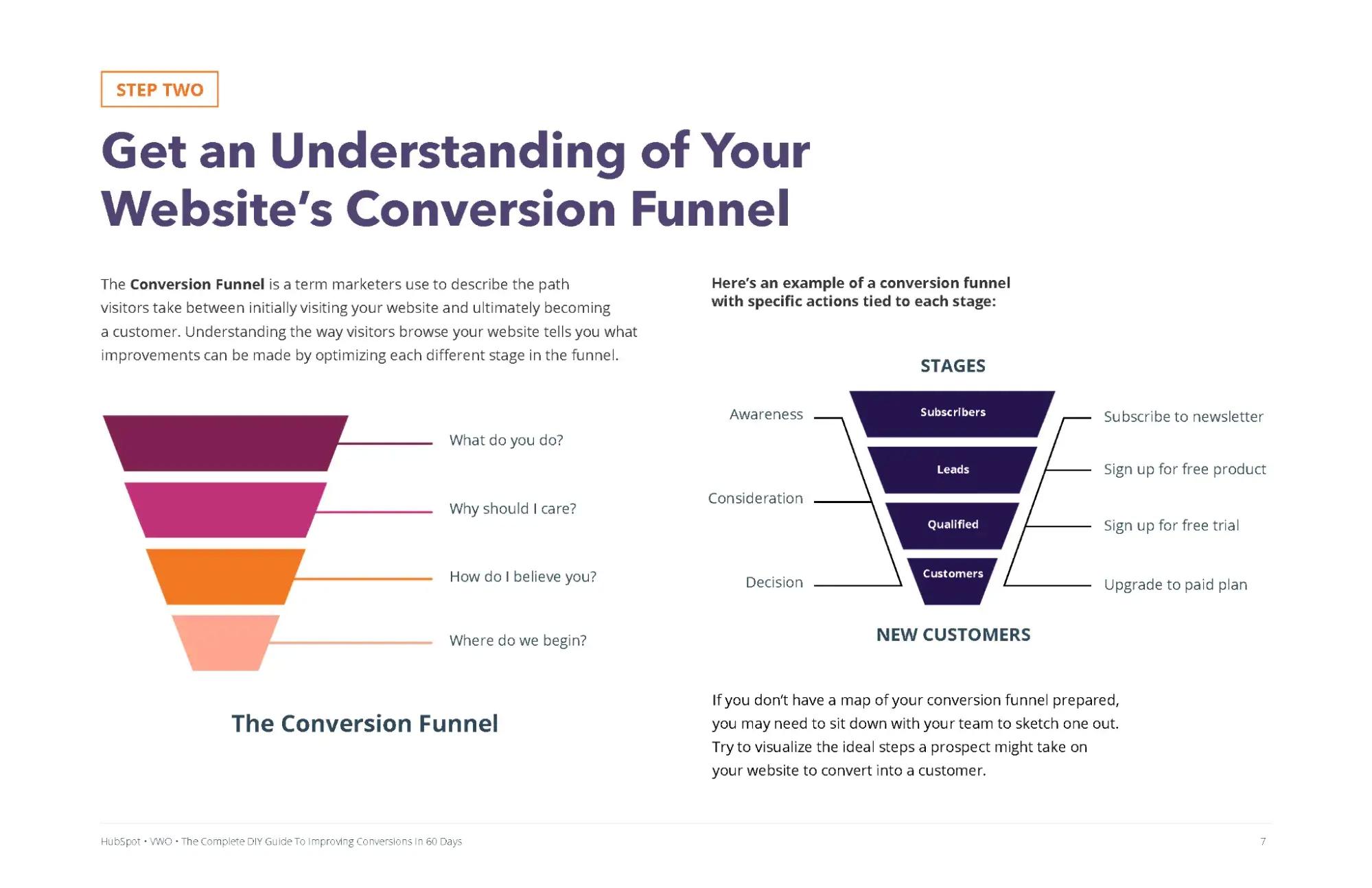In the early days of the internet, a visually appealing website was enough to drive online sales. Those days are long gone. Today, a successful e-commerce business demands a multifaceted approach, going far beyond a simple online storefront. In this fiercely competitive market, how can you effectively drive online sales and stand out from the crowd?
While a well-designed website remains crucial, it’s only the starting point. Selling online in 2023 requires a comprehensive strategy that encompasses every touchpoint of the customer journey, from initial awareness to post-purchase engagement. This includes everything from leveraging the power of targeted advertising and harnessing the influence of online reviews to optimizing your site for search engines and providing exceptional customer service.
This article delves into seven key factors consistently proven to impact online sales significantly. By mastering these strategies, you can navigate the complexities of the digital marketplace and propel your e-commerce business to new heights.
How to Drive Online Sales: The 7 Key Factors
The e-commerce landscape is constantly evolving, but certain elements remain critical to success. Let’s explore seven factors that have consistently proven their ability to drive online sales:
1. Laser-Focused Advertising
With the rise of social media and the ability to monetize user data, advertising has undergone a dramatic transformation. Forget the days of generic billboards and magazine ads hoping to catch the attention of a vaguely defined audience. In 2023, targeted advertising reigns supreme, allowing you to reach the right people at the right time with pinpoint accuracy.
Several major players dominate the online ad market:
Facebook Ads: Precision Targeting at Scale
Facebook offers unparalleled targeting options, allowing you to reach your ideal customers based on demographics, interests, behaviors, and more. With its vast user base and granular targeting capabilities, Facebook Ads remains a powerful tool for driving e-commerce sales.
Instagram Influencers: Leverage the Power of Authenticity
Acquired by Facebook in 2012, Instagram has become an integral part of the Facebook advertising ecosystem. Renowned for its visually driven platform and engaged user base, Instagram is particularly effective for reaching younger, tech-savvy audiences. Influencer marketing has emerged as a highly effective strategy on Instagram, allowing brands to tap into the reach and credibility of popular creators with millions of followers.
Google Keyword Ads: Capture High-Intent Searches
While Google Ads can be more expensive than other platforms, it offers a significant advantage – the ability to target users actively searching for products or services like yours. By bidding on relevant keywords, you can position your ads at the top of search results pages, capturing high-intent traffic actively seeking solutions you offer.
2. The Power of Online Reviews: Build Trust and Credibility
Never underestimate the influence of online reviews. They can make or break a customer’s purchase decision. For e-commerce businesses, cultivating positive reviews and effectively addressing negative ones is paramount.
Consider these statistics:
- 89% of online shoppers consult reviews before making a purchase (Trustpilot).
- 79% of consumers trust online reviews as much as personal recommendations (BrightLocal).
- 73% of consumers say that positive reviews make them trust a business more (BrightLocal).
Responding to reviews, both positive and negative, is equally crucial. It demonstrates your commitment to customer satisfaction and provides valuable insights into customer sentiment. By actively managing your online reputation, you build trust and credibility, ultimately driving sales.
3. Search Engine Optimization (SEO): Prime Real Estate in the Digital World
Think of search engine optimization (SEO) as prime real estate in the digital world. Ranking high on search engine results pages (SERPs) for relevant keywords is akin to having a storefront in a bustling shopping mall. The higher you rank, the more visible your business becomes to potential customers actively searching for products or services like yours.
Paid Advertising vs. Organic SEO
While paid advertising can deliver immediate visibility, organic SEO offers long-term benefits and builds sustainable traffic over time. By creating high-quality content that aligns with user search intent and optimizing your website structure and technical elements, you can improve your organic rankings and attract a steady stream of qualified leads.
Google Shopping: Jump the Queue with Enhanced Visibility
Google Shopping allows e-commerce businesses to showcase their products directly within Google search results. By optimizing your product listings for Google Shopping, you can leapfrog traditional organic results and enjoy enhanced visibility, attracting shoppers actively looking to buy.
4. Shipping and Returns: Easing Customer Concerns
While online shopping offers unparalleled convenience, it lacks the immediacy of brick-and-mortar stores. To bridge this gap and address customer concerns, e-commerce businesses must prioritize seamless shipping and hassle-free returns.
Fast (and Free) Shipping: A Decisive Factor
In today’s fast-paced world, customers have come to expect swift and affordable shipping. Studies show that lengthy shipping times are a major reason for cart abandonment. Offering expedited shipping options, and even better, free shipping, can significantly improve conversion rates and reduce cart abandonment.
Customer-Centric Returns Policy: Building Confidence and Trust
A clear, flexible, and customer-centric returns policy instills confidence in potential buyers, encouraging them to complete their purchases. A generous return window, easy-to-understand terms, and multiple return options (e.g., mail-in, in-store) demonstrate your commitment to customer satisfaction and minimize perceived risk.
5. Customer Experience: The Heart of E-commerce Success
In the digital realm, exceptional customer experience is paramount. While online businesses lack the physical presence of brick-and-mortar stores, they can create a positive and memorable experience through intuitive website design, personalized interactions, and proactive customer support.
Ease of Use: A Seamless and Enjoyable Journey
A user-friendly website is non-negotiable. Intuitive navigation, clear product descriptions, high-quality product images, and a streamlined checkout process are crucial elements of a positive user experience.
Customer Feedback: A Goldmine of Insights
Regularly soliciting customer feedback through surveys, reviews, and social media listening provides invaluable insights into customer preferences, pain points, and areas for improvement. This feedback loop allows you to continuously optimize the customer journey and enhance overall satisfaction.
6. Competitive Pricing: A Key Driver in Purchase Decisions
Price remains a significant factor in online purchase decisions. With price comparison engines and online marketplaces, customers can easily compare prices from multiple retailers with a few clicks.
To remain competitive, e-commerce businesses must adopt dynamic pricing strategies, track competitor pricing, and offer compelling value propositions. Consider bundling products, offering discounts, and loyalty programs to attract price-conscious shoppers.
7. Word-of-Mouth Marketing: The Power of Amplified Advocacy
In an era of information overload, word-of-mouth marketing remains incredibly potent. Positive recommendations from friends, family, and online communities carry significant weight and influence purchase decisions.
To encourage positive word-of-mouth, focus on delivering exceptional customer experiences that exceed expectations. Encourage customer reviews, engage with your audience on social media, and run referral programs to amplify positive sentiment.
Conclusion: Navigating the E-commerce Landscape
Driving online sales in 2023 and beyond requires a comprehensive approach that encompasses every facet of the customer journey. By mastering the seven key factors outlined in this article – targeted advertising, online reviews, search engine optimization, shipping and returns, customer experience, competitive pricing, and word-of-mouth marketing – you can navigate the complexities of the e-commerce landscape and position your business for sustainable growth.
Remember, the e-commerce landscape is dynamic and constantly evolving. Stay informed about emerging trends, adapt your strategies accordingly, and never stop innovating to remain ahead of the curve.



